That time 'Harold and Maude' ran at a theater so long that people picketed
Published in Books News
Unlike the “Coming Soon” clips at most multiplexes, it was more like “Coming Never” at a Twin Cities theater from 1972-74.
That’s when it looked like one cult comedy would never leave the Westgate Theater. John Gaspard was at the defunct Westgate when it celebrated one year of showing “Harold and Maude” in 1973. Gaspard was at the Edina venue when it celebrated the second anniversary, when picketers started demanding a new film. Now, he has written a book that celebrates the historic fact that a movie house kept one low-budget comedy on screen for a record-busting 115 weeks.
“Held Over” is the book. It traces the history of the movie and the theater, once located across Sunnyside Road from the Convention Grill. The Westgate opened in 1935 and was modestly successful, usually showing second-run movies that had already played in bigger theaters. It shifted to offbeat titles in the 1970s, enjoying long runs for titles such as “The Twelve Chairs” and “King of Hearts” and, at a whopping 1,957 performances, “Harold and Maude.”
Gaspard, 67, was a ninth grader when he first saw the macabre comedy about the romance between an elderly woman (Ruth Gordon) and a troubled man child (Bud Cort). The screenwriter-mystery novelist has been a fan of the Westgate for at least that long, even working there as an usher after “Harold and Maude” finally left.
He wrote “Held Over” to recall a different era of moviegoing, a time when it was possible for a movie to play for so long that it led to protests. (The interview was edited for clarity and concision.)
Q: In the book, there’s a sense that, although “Harold and Maude” is now a cult favorite, there was a time when it was successful in only one place: here. Did you figure out why?
A: I think part of the thing with the long runs is that the Westgate is the suburban equivalent to the Varsity Theater in Dinkytown, a college place where this sort of movie would be more likely to be a hit. That helped.
Q: But other cities have theaters like that. Why did the movie bomb in the first place?
A: The Christmas movie from Paramount for 1971 was supposed to be “The Godfather,” but it wasn’t done. Paramount owed theaters a movie, so, rather than putting out this highly hyped movie from a book everyone had heard of and that everyone wanted to see, they put out this weird little movie no one had heard of. Of course it bombs.
Q: Did it catch on elsewhere?
A: I’m not sure if it would have become a cult film if it hadn’t been at one theater for two years. After it had been there for two years, other theaters around the country started advertising with the idea of, “Come see what Minneapolis knows but we don’t know.”
Q: One takeaway from “Held Over” is how different moviegoing was 50 years ago, with movies having exclusive runs and people feeling an allegiance to their neighborhood theater.
A: The reason for the neighborhood theater then was you could walk there, and one complaint early on with “Harold and Maude” was there was nowhere to park. Because it wasn’t designed for a lot of people to come there from elsewhere, which is what started to happen. That whole idea went away. There’s no such thing as a neighborhood theater anymore. You don’t just walk to a theater.
Q: And that’s why nearby resident Betty Owen, who never even saw the film, eventually led a protest?
A: I was able to track down the late Mrs. Owen’s husband and he said, “You’re going to do a book about the protest? I don’t think there’s a whole book there.” He remembered it quite fondly and he said the women in the neighborhood did the protest because they didn’t have a place to send their kids to see a movie anymore.
Q: Even he thought the protest was a bit much?
A: He said they were half tongue-in-cheek and half serious.
Q: You write that one of your favorite memories was when you had an “in” and got to hang out and even film Cort, who was visiting for one of the anniversaries. Can you talk more about that?
A: I followed Bud, and Ruth, around for days. Looking back now, the things I could have asked Bud Cort! He was living with Groucho Marx when I made the movie. That would have been a good thing to chat about. He had just made “MASH” and “Brewster McCloud” with Robert Altman and that would have been a good thing to ask about. He is quite reclusive now. I reached out to him and, of course, didn’t hear back.
Q: If people are feeling nostalgic about old-time movie theaters, is there anywhere you recommend for them to recapture that feeling?
A: The Heights is the best place to do that. They’re showing“Harold and Maude” Nov. 17 and I asked them to show the short film that originally ran with it at the Westgate. The idea is that you’ll be able to have the same experience as people did at those first showings back in 1972.
____
Held Over
By: John Gaspard
Publisher: Gaspard, 156 pages.
©2025 The Minnesota Star Tribune. Visit at startribune.com. Distributed by Tribune Content Agency, LLC.
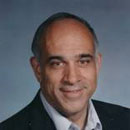
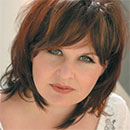

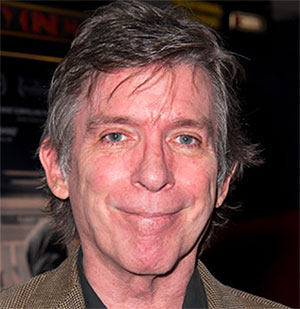
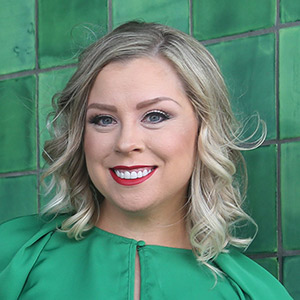




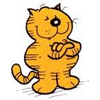
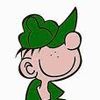

Comments